Wine Legend: Château Lafite-Rothschild 1982, Pauillac, Bordeaux, France
Bottles produced: No record
Composition: 65% Cabernet Sauvignon, 29% Merlot, 6% Cabernet Franc
Yield: 40 hectolitres per hectare
Alcohol level: 12.5%
Release price: 170 francs per bottle (around €17), which rose on the export market to 225Fr (€22.50)
Price today: between £47,000 and £54,000 per case (£3,915 to £4,500 a bottle) and rising
A legend because…
This was an headline vintage of outstanding quality throughout Bordeaux, with ripeness levels not seen for many years. The style of wines proved a terrific shot in the arm for claret, especially on the US market. Indeed, some criticised the vintage at the time for an almost Napa-like (thus atypical) opulence and predicted a short life for the wines. Such criticisms have largely proved unfounded, and the top 1982s are still going strong, establishing the vintage as the most celebrated of the last 50 years. Lafite in particular has maintained a youthful character, developing harmony as it ages.
Looking back
Baron Eric de Rothschild, the current manager, was already running Lafite in 1982. Today the vineyard is 107 hectares, but back then it was about 90ha – still larger than any other first growth. There’s no ‘winemaker’ at Lafite, but the technical director then was Jean Crété (ex-Léoville-Las-Cases).
The people
The debonair Baron Eric is serious about his wines. He enjoys participating in the final blending, though is willing to be overruled by his team of professionals. A year after he took over the management in 1974, he hired Professor Emile Peynaud as consultant. The cellarmaster in 1982 was Robert Revelle, who succeeded his father Georges. It was not until 1983 that Charles Chevallier became Lafite’s deputy technical director; he later became technical manager of not only Lafite but the other properties - Rieussec, Duhart-Milon and Evangile – that form part of the group.
The vintage
The unusually warm growing season resulted in grapes of perfect ripeness and enormous concentration and richness. The harvest began early, on 16 September. Some less well equipped estates had trouble controlling fermentations during the hot weather, but this was not an issue at Lafite. Some estates overcropped as the yield was generous, but dilution was rare. Acidities were fairly low, but the best wines, such as Lafite, had sufficient tannic grip and structure to ensure a long, interesting life.
The terroir
Lafite lies at the northern end of Pauillac. The soil is deep gravel on perfectly drained, gently undulating slopes. Cabernet Sauvignon is the dominant variety, but in some vintages Cabernet Franc, Petit Verdot and Merlot play a part in the blend. Lafite’s neighbours are Mouton and Cos d’Estournel, both robust and flamboyant wines, which makes it strange that Lafite is renowned for an ethereal lightness that does not stand in the way of its ageability.
The wine
Winemaking practices have changed little at Lafite. The grapes would have been picked by hand, selected in the vineyard, and brought to the winery for destemming and fermentation in large wooden vats (stainless steel tanks were only installed in 1988). The fresh wine was then aged in new barriques, produced at Lafite’s own cooperage, for almost two years before bottling. During the ageing period, the wine would have been regularly racked and then fined before bottling. But selection for the grand vin was less stringent than it would become from 1985.
The reaction
Cask tastings revealed a vintage of almost Port-like richness and weight. Perhaps spurred on by the enthusiasm of the proprietors, the press and trade mostly reacted very positively, and 1982 was soon regarded as a blue-chip vintage, confirmed by steadily rising prices for the top wines.
Michael Broadbent rated it highly from the outset, and his subsequent notes remarked on its fragrance and slow evolution. In 2001 he wrote: ‘So much on show, so much left to show.’
Clive Coates MW writing a year later, thought the wine fresh, classy and intense, adding: ‘It will get even better as it gets more decadent.’
The Chinese love affair with Lafite and the stature of the 1982 vintage has made this among the most sought-after – if not the most sought-after – wine in the country.
Translated by Sylvia Wu / 吴嘉溦
All rights reserved by Future plc. No part of this publication may be reproduced, distributed or transmitted in any form or by any means without the prior written permission of Decanter.
Only Official Media Partners (see About us) of DecanterChina.com may republish part of the content from the site without prior permission under strict Terms & Conditions. Contact china@decanter.com to learn about how to become an Official Media Partner of DecanterChina.com.

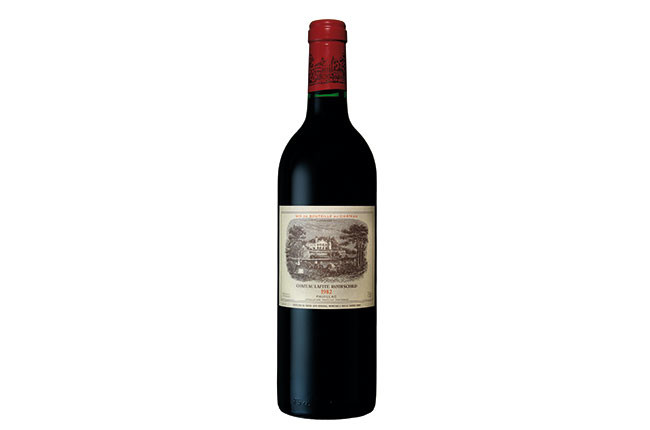
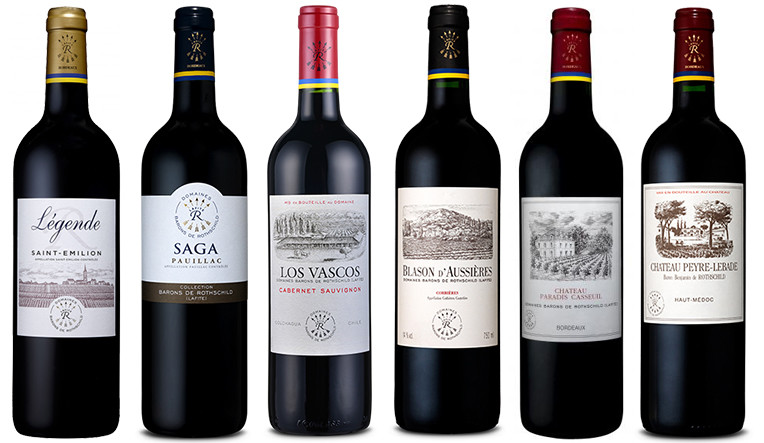
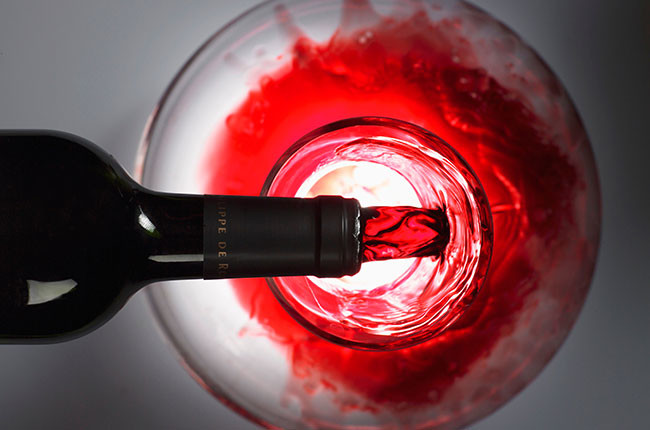
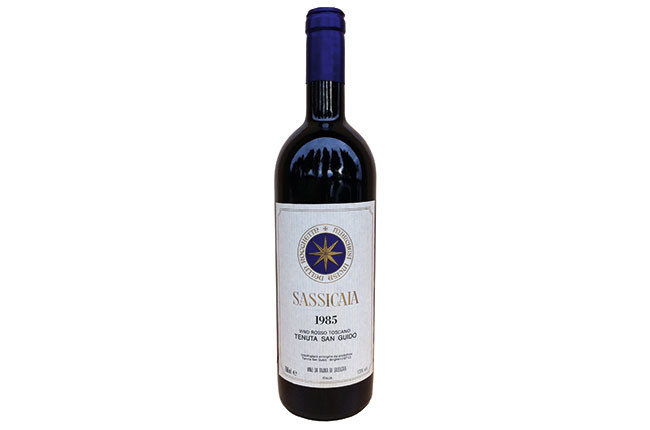
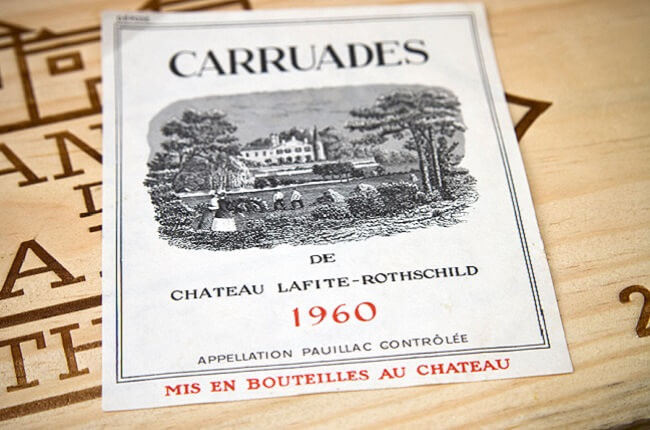
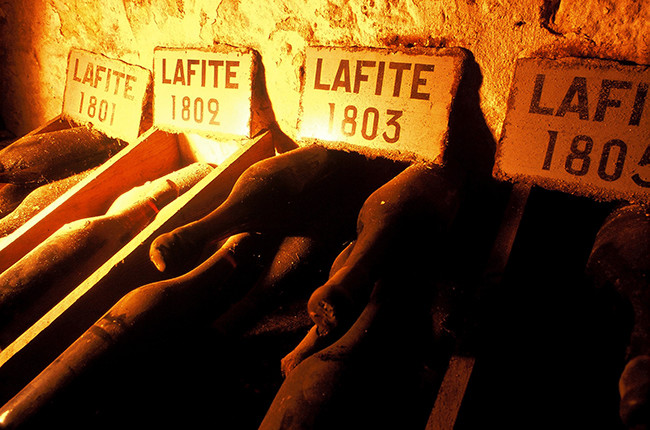
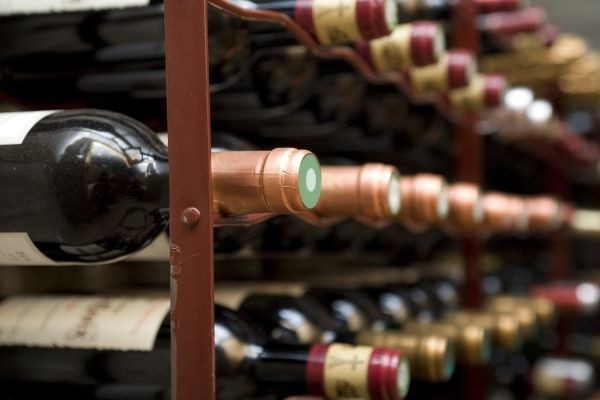

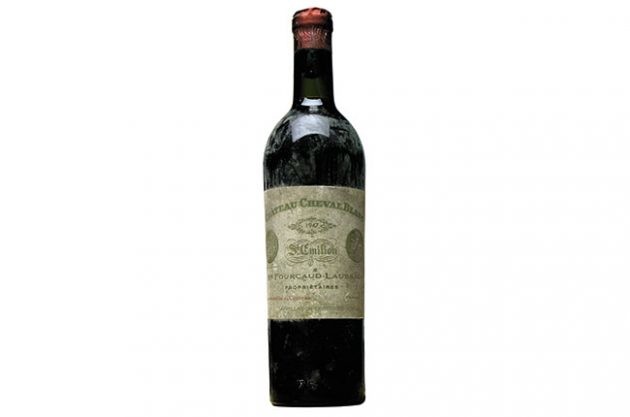
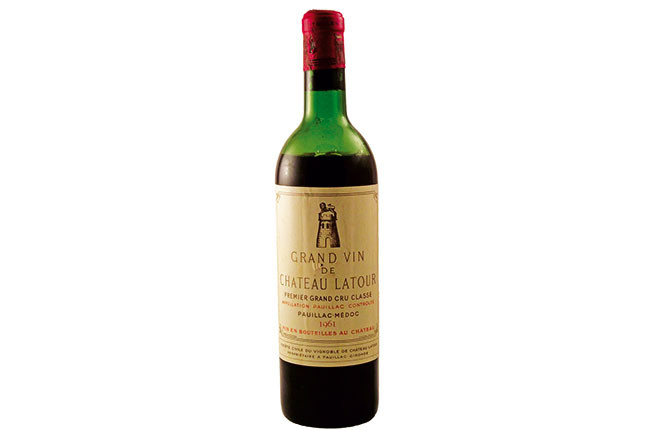

Comments
Submit